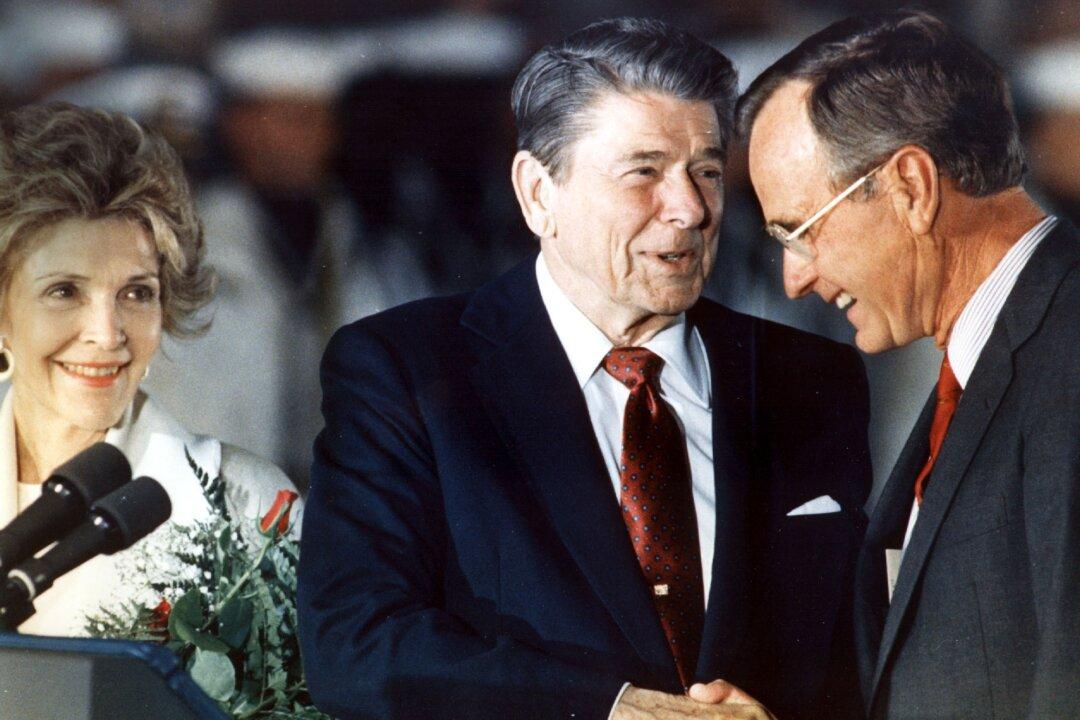The Federal Reserve economic policy committee meets this week to consider whether to open the door to raising interest rates in June. While falling unemployment favors that move, inflation remains well below the Fed target of 2 percent.
More importantly, other factors could persuade policymakers to remain a bit more patient on interest rate policy than many on Wall Street or Main Street expect.
Here are four issues to consider:
1. Growth Is Not All That Robust
After a cold and sluggish winter, many forecasters see growth rising in the spring and summer. Wells Fargo, for example, forecasts second- and third-quarter GDP to advance at about a 3.0 percent pace but that is hardly reason to celebrate.
Throughout the five-year recovery, growth has accelerated briefly only to fall back on a slower path. Average growth has been only 2.3 percent, whereas former President Reagan’s recovery, coming after a deep recession with unemployment similar in magnitude to that of the financial crisis, accomplished 4.7 percent average growth.
2. Unemployment Remains a Problem
The headline unemployment rate, which focuses only on adults in jobs or actively seeking employment, is 5.5 percent but the labor market still has a lot of slack.
Record numbers of adults between the ages of 25 and 54—generally beyond college age and too young to retire—are sitting on the sidelines. If the same percentage of adults were looking for work today as when President Obama took office, unemployment would be 9.7 percent.
Many college graduates who entered the labor force in the years after the financial crisis are underemployed—working as coffeehouse baristas and in similar positions that do not require the special skills higher education imparts. With stronger growth, they could move on to professional careers and open up opportunities for workers with less education.





